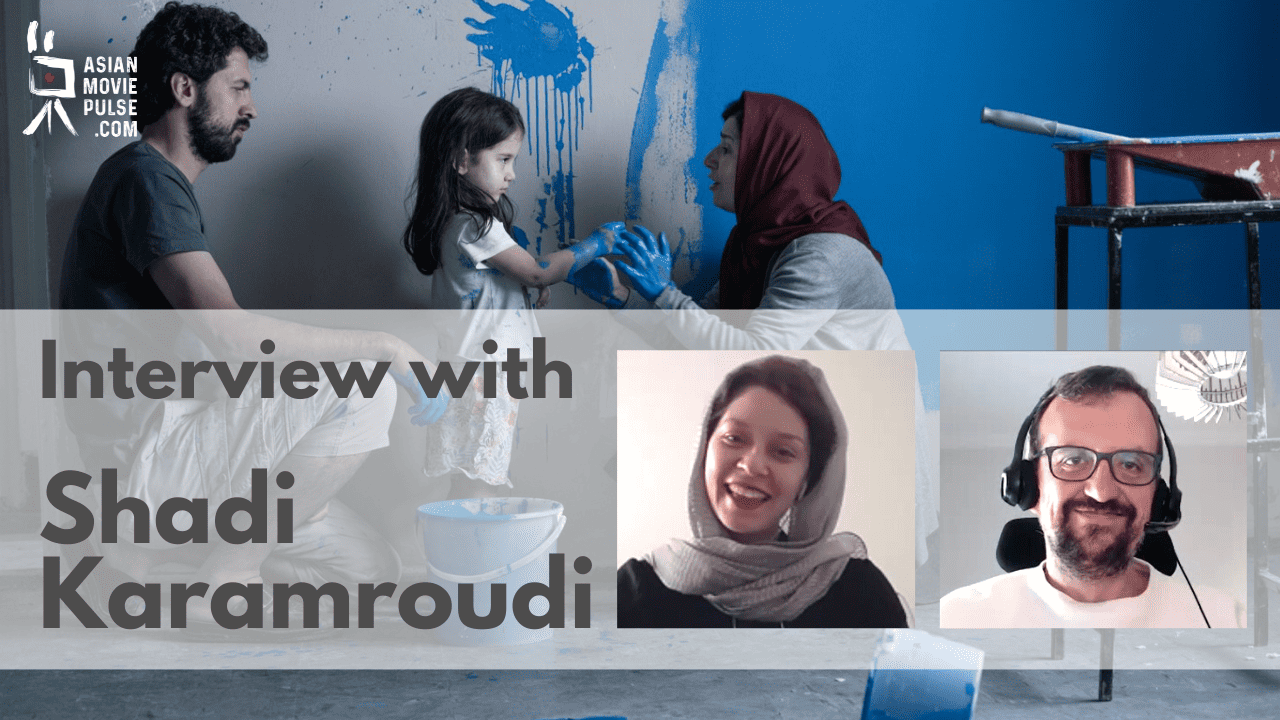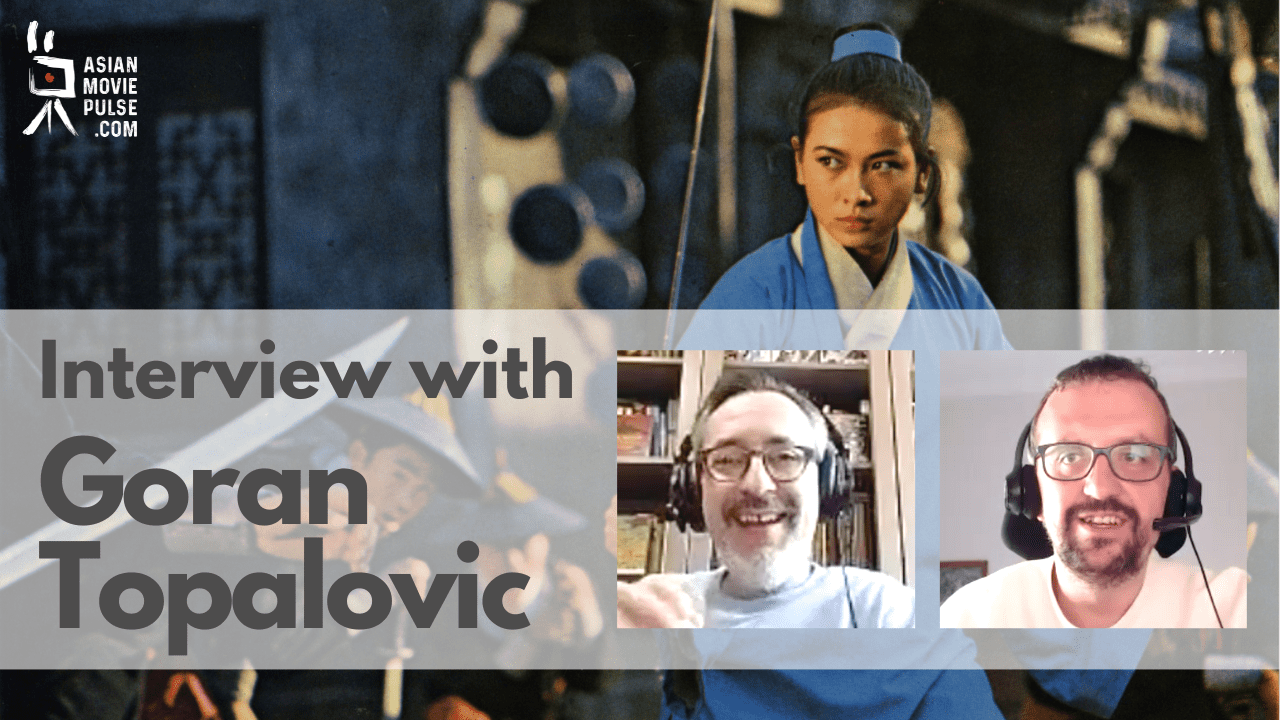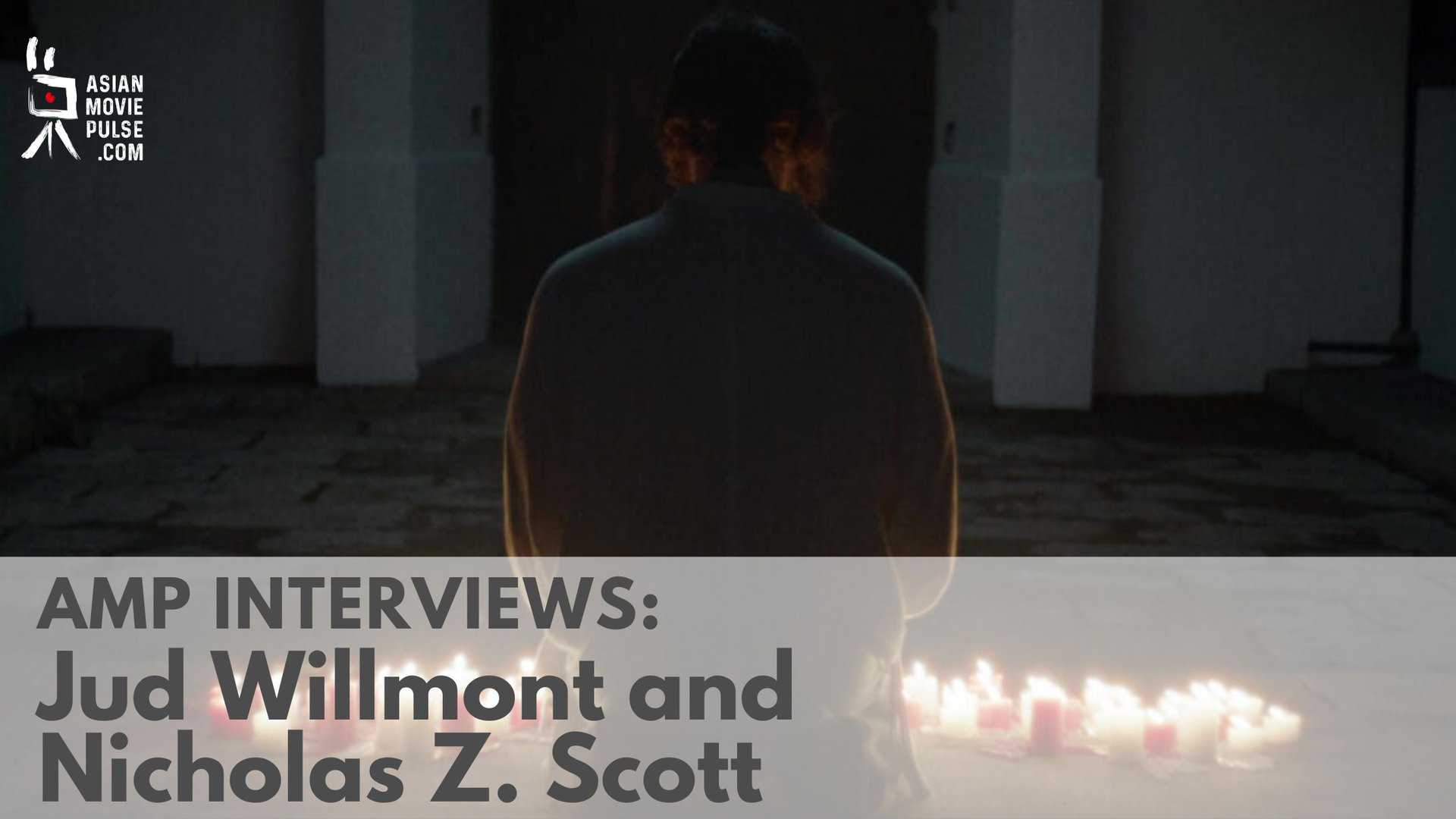by Shantanu Ray Chaudhuri
(The article was published initially in Projectorhead.in)
The Early Years
While exhibition of films in Calcutta can be dated back to 1896, when one Professor Stevens screened the Lumiere programmes at Star Theatre, it was only in the first decade of the twentieth century that Bengal had its first indigenous film-maker—Hiralal Sen. Calcutta at the time had a strong tradition of professional theatre, and theatre houses served as outlets for films. The earliest screenings were held in theatre houses where films appeared as a double bill attraction alongside the plays. Influential theatre owners, like for example Amarendra Nath Dutta of Classic Theatre, encouraged the production of films by allowing Hiralal Sen to photograph his stage productions, which were then advertised as ‘superfine pictures from our world-renowned plays’ and exhibited. At the same time, given the Bengali’s natural propensity for topical and newsy items, it is not surprising that some of India’s first documentaries originated here—of course, in those days these were called ‘topicals’. Hiralal Sen himself went around Calcutta and shot scenes of everyday life: a moving tram, the bathing ghats, a cock fight, the temple at Kalighat. As an aside, it is interesting to note that Sen was probably one of India’s first ad-film makers with films on C.K. Sen’s Jabakusum Hair Oil and Batto Kesto’s Edward’s Tonic. Unfortunately, all but one of Sen’s pioneering work was lost in a fire that broke out in the godown in which the films were kept.
Film-making in Bengal, including documentary films, received a boost with the entry of Jamshed Framji Madan (1856–1923) who transformed the industry. Among his varied business interests was a hugely successful theatre company. Fascinated by cinema, he got film projectors from Pathe Film Company in 1902 and set up regular ‘bioscope’ screening at key points in the city. In time, Madan Theatres would grow into the largest production–distribution–exhibition empire in the Indian subcontinent. With his astute business acumen he realized the interest the common man had in the momentous political events unfolding in Bengal and India. Beginning with Jyotish Sarkar’s coverage of the anti-partition demonstrations of 1905, he produced a number of ‘topicals’ which were shown as ‘added attraction’ to the main films he produced. In 1907, Madan built the Elphinstone Picture Palace in Calcutta, the first of the 37 halls they came to own in a decade.
The Silent Era
The journey into early Bengali cinema is hampered by a total lack of source material, with almost no feature films from the silent era known to exist. Film historians are unanimous that only one silent film is extant—Jamai Babu (The Son-in-Law, made in 1931)—three reels of which were dug up in a zamindar’s house in a village by film-maker Mrinal Sen when he was shooting Akaler Sandhane (In Search of Famine) in 1980. Another silent feature that finds prominent mention among historians is Dhirendranath Ganguly’s Bilet Pherat (England Returned, made in 1921), advertised as the first ‘Bengali’ film, where the majority of technicians and artists were Bengalis and the ‘live band’ that accompanied the film was quintessential Bengali. On the evidence of Bilet Pherat, a pungent satire on conservative Bengali culture vis-à-vis the colonial elite, and Jamai Babu, which depicts the travails of a village bum in the metropolis of Calcutta, one is tempted to conclude that Bengali film-makers were trying their hand at the genre of slapstick comedy. But a perusal of the films of the silent era of the 1920s reveals a variety of subjects—mythological and devotional films of course was the most favoured genre, closely followed by films based on the classics of the big three of Bengali literature, Rabindranath Tagore, Saratchandra Chatterjee and Bankimchandra Chatterjee. Tagore’s play Bisarjan was the foundation for Naval Gandhi’s much-acclaimed 1928 feature Balidan, which was showcased by the Indian Cinematograph Committee to demonstrate that serious Indian cinema could match Western standards. Tagore, apart from being a Nobel Prize winner for Literature, a poet, a painter, a novelist and story writer, and a social reformer, was also involved with the art of cinema in its nascent stages. He is reputed to have written the inter-titles of Modhu Bose’s 1928 film Giribala, and is also credited with directing the early Bengali talkie Natir Puja (made in 1932), based on his own dance drama.

Despite the wide variety of subjects and the involvement of well-known and respected names, silent Bengali cinema did not quite scale the heights that silent cinema had done in the West. The make-up was loud and the acting was theatrical and over the top. As Satyajit Ray has pointed out in a seminal essay, ‘Ateeter Bangali Chhobi’ (Bengali Films in the Past), ‘Although Bengalis had progressed a lot in art and literature and music, they were unable to grasp the special art of cinema—a gift from the West, dependent on machines and equipment.’
The Advent of Talkies: The 1930s
Though the early talkies showed little change from the silent era in terms of technique—failing to rise above the level of canned theatre—the 1930s did throw up a number of artists who demonstrated expertise in various aspects of cinema. Prominent among these were many stalwarts of New Theatres, the trailblazing studio founded by B.N. Sircar, which became the foremost studio of the era in India. Film-makers like Pramathesh Barua, who was one of the earliest stars of Indian cinema, and Debaki Bose; actor–singers like K.L. Saigal and Kanan Devi; cinematographers like Nitin Bose and Bimal Roy, both of whom went on to become acclaimed film-makers; sound designer Mukul Bose, who revolutionized the art of recording; musicians and singers like Pankaj Mullick, R.C. Boral and K.C. Dey, influenced the development of Indian cinema in no uncertain manner.
Like in the 1920s, films largely kept to the traditions of the mythological/saint films (for example, Chandidas, Rajrani Meera, Bidyapati) or adaptations of novels by Tagore or Saratchandra (Devdas, Grihadah, Mukti). The influential films of the era included Debaki Bose’s Chandidas, made in 1932, noted for its breakthrough in sound recording and its effective use of background music. Devdas, made by P.C. Barua in 1935, is still regarded as a cult film of era, commended for its cinematic virtuosity, for example the use of parallel cutting, and its influence as a reference point for the melodramatic tradition of popular Indian cinema. Nitin Bose’s Bhagya Chakra (The Wheels of Fate, 1935) introduced the technique of playback singing to Indian cinema, with the director claiming that it was one of the first films in the world to do so. The director’s other classics of the era included Didi (Elder Sister, 1937), Jiban Maran (Life and Death, 1938) and Desher Mati (Motherland, 1938), which were remarkable for their projection of an urban temper, while P.C. Barua’s Mukti (Deliverance, 1937), was feted for its mobile camerawork (Bimal Roy) and use of outdoor locations. Debaki’s Bose’s 1937 feature Bidyapati was remarkable for the intense performance of its lead actress Kanan Devi and a script that broke the convention of the static, frontal camera style of devotional films. K.L. Saigal emerged as Indian cinema’s first superstar as the singer–hero of big hits like Didi and Street Singer (1940). The husband–wife duo of Modhu and Sadhana Bose evolved a musical operatic style in films like Alibaba (1936) and Rajnartaki (The Court Dancer, 1940, incidentally made in three languages, including English).
This period also witnessed many established writers, like Premendra Mitra, Sailajananda Mukherji and Premankur Atorthy, coming into contact with cinema. The first definitive Bengali book on cinema was also written in the 1930s by Narendra Dev. However, the involvement of these literary figures did not necessarily mean the development of cinema as an art. For some reason, the same writers who in their literary works displayed uncanny understanding of social conditions, creating eminently identifiable characters and situations with great empathy, took recourse to melodrama and romantic escapism when it came to cinema. Satyajit Ray has suggested that these writers probably did not regard cinema as an art which might have room for deep philosophical ideas, fine sensitive analyses of psychological conditions or complex characters. This attitude to cinema is reflected in an anecdote Ray narrated with great relish. He once went to a leading writer whose story he wanted to film. The writer was scandalized. ‘But that story is true literature,’ he exclaimed. ‘How can you make a film from a story like that?’
Further, despite the thematic variety, films of this period do not quite stand the test of time. The characters and milieus of a majority of films were divorced from everyday reality. Popular films—barring mythologicals and those based on well-known literary works—were heavily influenced by Hollywood, so that you often had the protagonist clad in suit and hat, never mind the inappropriateness of the attire to Bengal’s climate, trendy western furniture would make the props in a room, you had the spectacle of a spiral staircase going up, walls would have floral-patterned wallpaper, and a grand piano would often find a place of honour in the drawing room. There were exceptions—Ray commended Charu Roy’s 1937 feature Bangali (The Bengali) for its detailed and true portrayal of life among the middle class—but for the most part few directors had either the vision or the courage to show the normal and ordinary lifestyle of the average Bengali. This absence of realism, coupled with loose structuring, and often stilted and artificial dialogues meant that these films have dated badly.
A New Attitude: The 1940s
With the 1940s came a paradigm shift in the attitude to cinema, with film-makers increasingly adhering to cinematic norms of acting, as opposed to the theatrical, and demonstrating a willingness to address everyday reality. The film that can be said to have been instrumental in bringing about this change was Udayer Pathe, made in 1944. Its writer, Jyotirmay Roy, was responsible for the streak of social awareness that informs the film, while director Bimal Roy, later to find international recognition with his neo-realist Hindi feature Do Bigha Zameen in 1953, showed great vision in doing away with stars, getting his amateur performers to emote with restraint and structuring his script tightly. Though marred by its at times stilted dialogues and a tendency to oversimplify, there is no doubt that Udayer Pathe was a trendsetter. The 1940s was also remarkable for the influx of writers from the Progressive Writers Association and artists from the Indian People’s Theatre Association (IPTA) to the film scene. The IPTA in particular, with its stated objective of bringing theatre to the people to build awareness about social responsibility and national integration, was largely instrumental in bringing about a realistic approach to cinema. The 1946 Hindi feature that it produced, K.A. Abbas’s Dharti Ke Lal, based on the Bengali playwright Bijon Bhattacharya’s trailblazing plays on the Great Bengal famine of 1943, Nabanna and Jabanbandi, was touted as a first of its kind people’s cinema in India in the Soviet mould. Among IPTA’s idealist members who dreamed of changing the way films were made were two young men, Mrinal Sen and Ritwik Ghatak, who would play influential roles in giving Bengali and Indian cinema a new form.

Immediately after independence and partition in 1947, a group of young intellectuals in Calcutta, Satyajit Ray and Chidananda Das Gupta among them, founded the Calcutta Film Society and set off the film society movement in India which has gone down in history for its role in fostering public taste for an alternative realist and meaningful cinema. Around this time, one event had a significant impact on the efforts of these well-meaning young men of the film society. Legendary French film-maker Jean Renoir came to Calcutta to shoot his film The River. Some film society activists like Bansi Chandragupta (later renowned as Satyajit Ray’s art director) joined Renoir as technicians while Ray, Chidananda Das Gupta and Subrata Mitra (Ray’s cinematographer in his early classics) watched the maestro at work, picking up practical aspects of film-making which were to be applied to the great benefit of Bengali cinema over the next couple of decades, which were truly the golden years of Bengali cinema.
Shantanu Ray Chaudhuri is the Managing Editor at HarperCollins India Publishers. He has edited a number of National Film Award winning film books.














